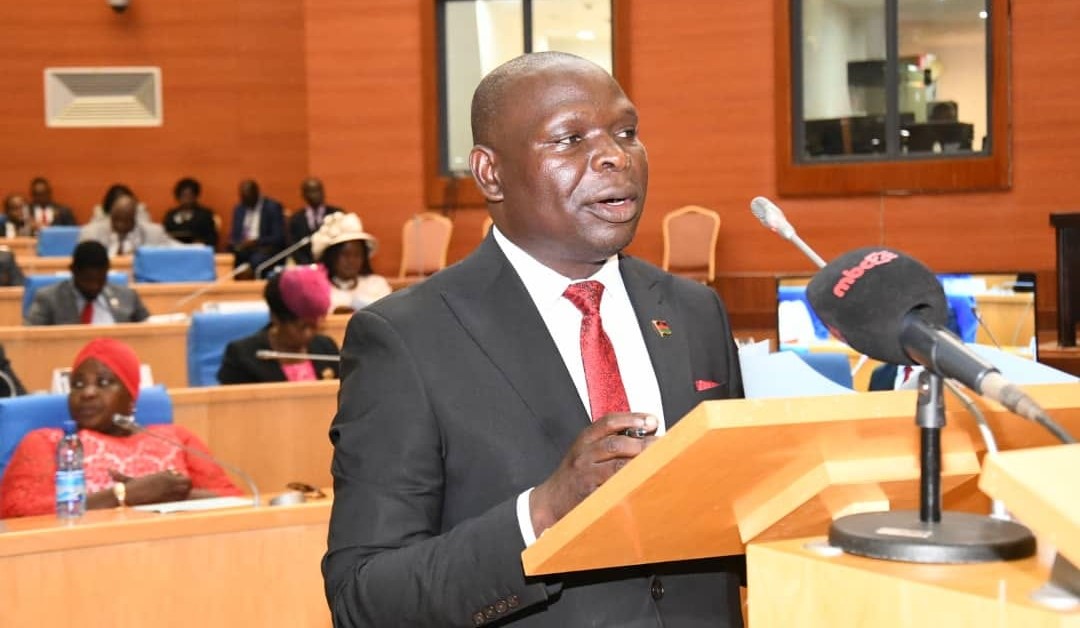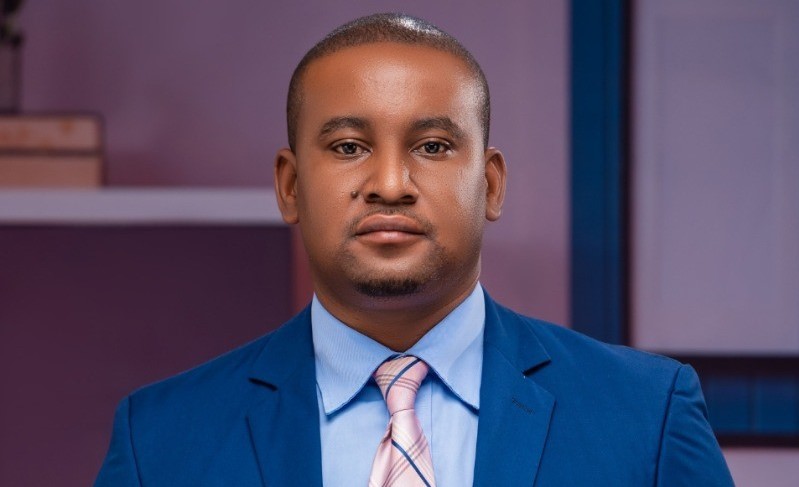Lending-saving rates margin at 28% points

Lending and savings rates margin in Malawi stands at over 28 percentage points, one of the highest in the world and experts have cautioned that this has huge negative effects.
Data provided by the Reserve Bank of Malawi (RBM) indicates that in August 2013 the base lending rate averaged 38 percent while the base lending rate stood at 9.68 percent—a difference of 28.32 percentage points.
But Chancellor College economics professor Ben Kaluwa in a telephone interview on Tuesday bemoaned the spread arguing it is one of the highest in the world.
“With such a low savings rate it is difficult to mobilise savings while at the same time with such high lending rates it is difficult to borrow and exploit business opportunities with locally available financial resources,” said Kalua.
He added that the spread is a sign of an industry which does not care and is irresponsive to stimulus.
Another expert, Henry Kachaje, in an interview on Tuesday noted that the low savings rate provides no motivation to Malawians to save.
“At such, savings rates which are far below the inflation rate why should people save? Due to the high lending rates, very few borrow and enter the market,” he said.
Bankers Association of Malawi (Bam) executive director Lyness Nkungula was not available for comment when contacted on Tuesday.
However, Kachaje during the interview noted that borrowers in Malawi are seen to be risky because they cannot easily be traced due to lack of national identification system.
The Centre for Affordable Housing Finance in Africa, in its 2013 year book, notes that Malawi has higher lending spreads than other sub-Saharan Africa (SSA) countries, as high as 16 percent compared to the SSA average of seven percent.
The centre notes that it has been argued that higher bank overhead costs and relatively low productivity compared to peers have contributed to this while the current funding base, through own retail funds, has meant that extension of loans for greater than 10 to 15 years is unusual.
In terms of access to finance, according to Global Financial Inclusion database (Findex), 16.2 percent of rural and 30.45 percent of urban Malawians over 15 years of age have an account with a formal financial institution while use of credit is fairly common—52.1 percent of adults over 25 years of age report that they had a loan in the year to 2011, while only 5.3 percent of Malawians have an outstanding loan to purchase a home, and 6.6 percent have loans for home construction.





